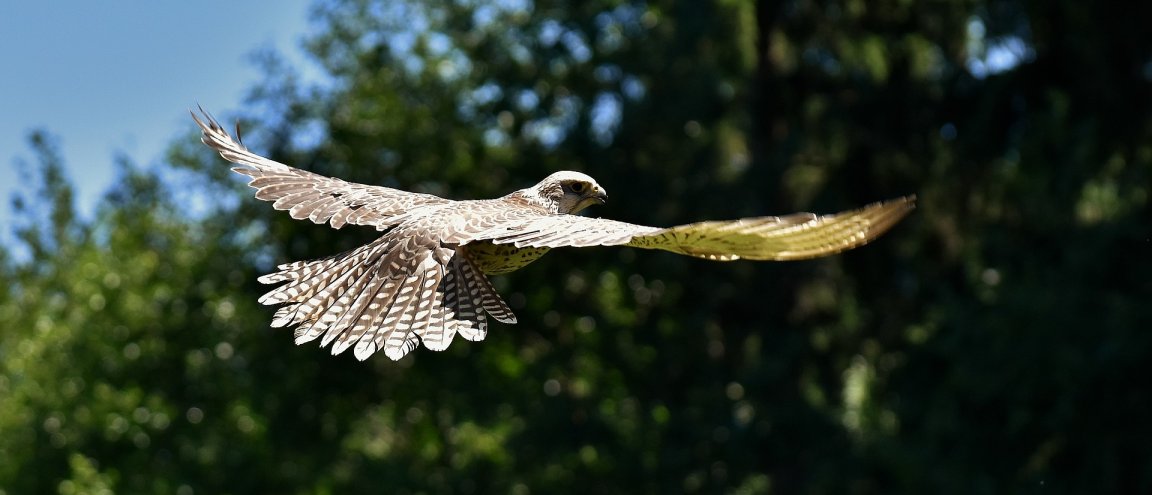
A Good Predator
Nature is full of keenly adapted predators, and one of the best animal hunters out there is the falcon. These skilled predators have been able to adapt to nearly every habitat on Earth, and have long been used by humans to hunt game from the sky. Now, the United States military thinks there’s even more to learn from these raptors. The US Air Force recently funded a study by Oxford University zoologists that aimed to understand how peregrine falcons hunt for prey, and to model their predatory behavior into bio-mimicking drone defense technology.
“Renowned as nature’s fastest predators, peregrines are famous for their high-speed stooping and swooping attack behaviors,” the Oxford team wrote in the abstract of their study, which provides an insight into how a peregrine falcon tracks its quarry, published in the journal of the Proceedings of the National Academy of Sciences.
Contrary to previously held understanding, these peregrine falcons don’t follow simple geometric rules during an aerial hunt for food. Instead, the raptors maneuver using control strategies of proportional navigation, which is similar to the guidance system of a visually-directed missile.
[html5_video src=”https://futurism.com/wp-content/uploads/2017/12/Video-Sized.mov”]
To monitor how this works, the researchers fitted the falcons with miniature GPS receivers and video cameras. The GPS tracked how the falcons followed another bird or a bait towed in the air by a drone (as seen in the above video), checking the predator’s angle and method of attack. You can watch more of the falcons at work in the videos included here.
“Falcons are classic aerial predators, synonymous with agility and speed. Our GPS tracks and on-board videos show how peregrine falcons intercept moving targets that don’t want to be caught,” lead researcher Graham Taylor of the Oxford Flight Group at the university’s zoology department, said in a press release. “Remarkably, it turns out that they do this in a similar way to most guided missiles.”
Modeling Nature
Taylor and his colleagues also noted a difference between how a guided missile works and how the falcons track prey. Unlike the missiles, the raptors are able to adjust the angle of their attack to compensate for their not-so agile movement. It’s possible, therefore, to copy these mechanisms into drones designed to hunt for other drones.
“Our next step is to apply this research to designing a new kind of visually guided drone, able to remove rogue drones safely from the vicinity of airports, prisons and other no-fly zones,” Taylor explained.
“It was very exciting to study these sleek, formidable aerial predators, and to watch them as they chased down our maneuvering lure towed behind a small remote-controlled airplane – then, through our computer modeling, to reveal the secret of their attack strategy,” co-author Caroline Brighton explained in the press release.

As the world moves towards employing more drone technology and autonomous weapon systems in our cities and on the battlefield, presumably to lessen human casualties, taking a cue from how nature’s predators work could greatly improve next-generation designs. The US Air Force-funded Oxford study can make it easier to design drones that see their target and adjust accordingly.
“We think that the finer details of how peregrines operate could certainly find application in small drones designed to remove other drones from protected airspace,” Taylor told Bloomberg.